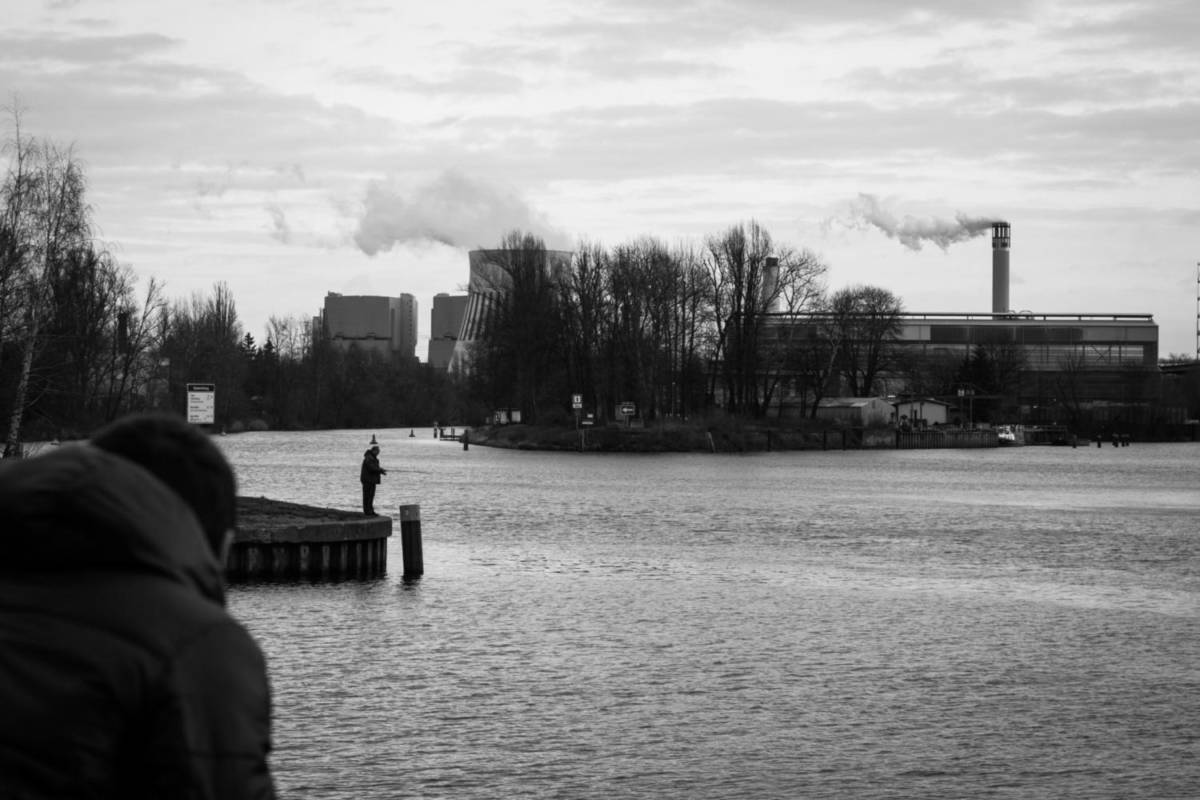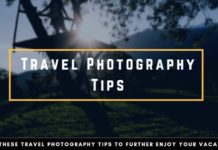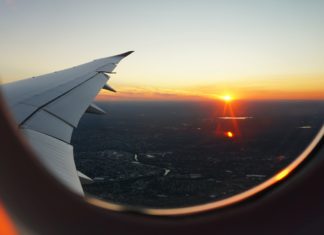Good photographers are often praised for their “good eye” and their ability to see things, which others don’t. Fairly quickly the discussions turn to a direction where these photographers are described as being gifted or amazingly talented. This leaves the assumption that you either have to be born with a great eye in order to perceive your surrounding in this special way, or you won’t ever learn it. I am not a believer in this thesis and put an emphasis on the training aspect. Even if you think you are not born as a natural photographer you still can practice and become a master.
In 2008 Malcolm Gladwell published a book called “Outliers”. In this book, he describes the 10.000 hours, which states that everyone can be a master by practicing a certain craft for 10.000 hours. This is a very simplified view on this subject, but at least you can interpret it as a rule of thumb.
There is another study conducted at the Berlin University of Arts that comes to the same conclusion. Classical musicians that wanted to be professionals needed to practice around 10.000 hours by the age of 20 to have the chance of pursuing the career of a musician.
One advantage of photography is, that it doesn’t age depend. Musicians in this study faced manifold health risks and injuries following the tight practice schedule. Photography isn’t this straining for the body and there is no age limitation. This means you can follow your own pace and don’t need to be in a rush to achieve the training hours as fast as possible.
Another thing to remember is, that we did talk about quantity, but not quality. There are photographers out there that may photograph for over 40 years, but didn’t actively try to create better pictures. They view it as a typical leisure activity and are having fun exercising it, they don’t typically care too much about their results and as a consequence, their pictures didn’t improve much over time.

On the other hand, you can be a quiet ambitioned photographer and reach a high level after only photographing for a year. The difference lies in the quality you spent on the time photographing. If you are consciously trying to improve, review your mistakes and educate yourself through photography courses, you will see better results in a faster time than people that only photograph and don’t spend time in the education part.
Let’s get back to the ability to have a “great eye”. Can people that think they don’t own this ability, practice in order to better absorb the environment and discover interesting scenes? In my opinion, this is absolutely possible and photographers that are praised for their creative visions weren’t probably born with it but earned it through hard work.
In music, there is the concept of perfect pitch. Meaning that you are able to detect the pitch of a tone with absolute certainty. While some people have a natural and cultural predisposition to gain the perfect pitch, others have to put in a lot of hours to earn this ability.
If a musician can train their sense of hearing like that, I believe it is possible for photographers to improve their visual sense as well. So here are a few tips on how to learn to “see”.
In our everyday’s life, we mostly function in an autopilot state of mind. We don’t need to do everything consciously because we do it every day and our mind doesn’t need to focus on these trivial tasks. Do you remember your commute to work and all the people you encountered? Unless something unusual happened you probably won’t have a memory about your way to work because it is something you do every day.
Next time you leave your house try to consciously absorb your surrounding. Even if you don’t have a camera with you and don’t plan on taking photos, you still can look for great opportunities, juxtapositions or anything that catches your attention. If you leave the autopilot you can practice your visual sense by actively noticing your environment along the way.

Another task you could do would be to focus on certain things. When I walked on crutches, I suddenly had the feeling to be surrounded by people that also had crutches. This is because our mind can be very selective and highlights certain things while filtering other subjects that might be not of our interest.
The next day you want to photograph you can try to only capture people with hats or that wear a certain color. The assignment is up to you and you are free to focus on subjects that you feel might be important to you. As soon as you only focus on your task and neglect everything that doesn’t fit your assignment, you will be surprised how many photo opportunities you will have and how differently you observe your environment.
An additional assignment that is often used in schools to obtain a photography major is the alphabet task. Your duty is to find objects, signs or structures that look like letters. This will help you to boost your creativity by thinking out of the box and observe the world more abstractly.
If your goal is to become a better Street Photographer, spent your time consciously, stop the autopilot and observe your surrounding from different perspectives.
Stay Curious
Sebastian Jacobitz





























